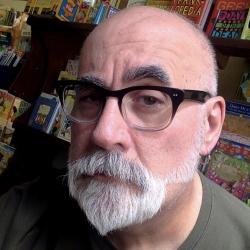Now that adopted-cum-prodigal-son Robert Montgomery Knight has returned to the town of his epic, mythical, mystical triumphs to live out his valedictory years, Bloomington again seems the center of the hoops universe.
The Hoosiers of Indiana, b-ballers variety, are merely the topmost point of a statewide pyramid comprising primarily high school fives from Gary to Lawrenceburg to Evansville. Respectively, the Cougars, the Tigers, and the Bears, in case you were wondering. And if your wondering becomes an obsession, you might find the book Hoosiers All, by Emerson Houck, to be just the disarmingly comprehensive resource you crave.
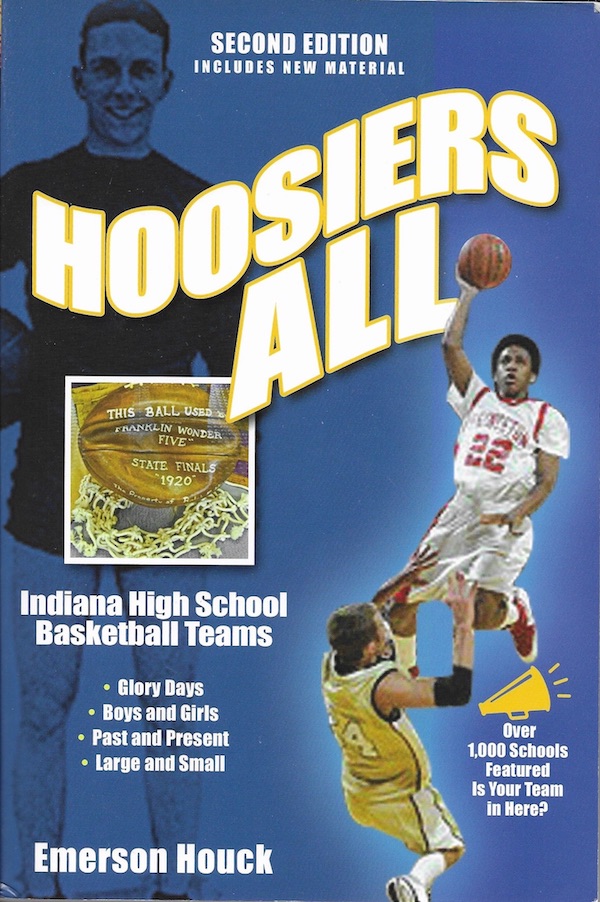
The second edition of ‘Hoosiers All’ (2012) by Emerson Houck compiles ‘tales, lore, minutiae, essentials, and the big picture of Indiana high school basketball,’ writes Glab, adding that Houck’s listing of team nicknames ‘is nothing short of encyclopedic.’
Indiana high school basketball, to be sure, has been an obsession for Houck, a retired suit for Eli Lilly & Co., who, with his wife, Jane, through the years has traveled the 92 counties of this state, visiting the lion’s share of schools therein, meticulously compiling tales, lore, minutiae, essentials, and the big picture of the game that is very nearly the state’s raison d’être.
The Lions, by the way, is the nickname of at least ten Indiana high school teams (the most popular choice, at 19, is Panthers). That fact, among zillions of others, is in Houck’s book, a 532-page loving paean to the winter sport as played among 13- to 18-year-olds here.
I recall being vaguely aware that high school basketball was an Indiana preoccupation before I moved to these parts. It wasn’t until I settled here in 2009 that I realized the term preoccupation is woefully inadequate, and has been for more than a century. Try mania or even hysteria. The hardwood sport is deeply embedded in the Hoosier DNA.
I haven’t visited all fifty states but I feel supremely confident in stating few — if any — others are as high-school-hoops mad as this one. Fewer than 20 miles south of my home, on State Road 446, there is a big sign proclaiming the unincorporated town of Heltonville, pop. 1,533, as the birthplace of one Damon Bailey, an elementary- and high-school basketball prodigy. He led Bedford North Lawrence High School to the state’s Final Four tournament his first two years there and the state championship his senior year, that game attended by what’s described as the largest high school basketball-game crowd in history (41,046 at the old Hoosier Dome in Indianapolis). As if determined by the gods, Bailey went on to play for the aforementioned Knight at Indiana University from 1990 through ’94. He started all four years at IU — the Hoosiers in his freshman through junior years won more games in a three-year span than any other Big Ten team ever had. So, even though he never played a game in the NBA, Bailey’s schoolboy play ensured his status as one of the most famous favorite sons of southern Indiana, along with some guys named Abraham Lincoln, Red Skelton, Hoagy Carmichael, and John Mellencamp.
A 2015 article in the Indy Star, in fact, tells of the time Bailey’s father watched a car pull up in front of the family home in the middle of the night while his son was still a prep cager. Three people got out of the car, tip-toed onto the Bailey lawn, and each pulled out a clump of sod. “These strangers,” Dana Hunsinger Benbow wrote, “had gotten what they had come for. Grass snatched from the yard of Damon Bailey.”
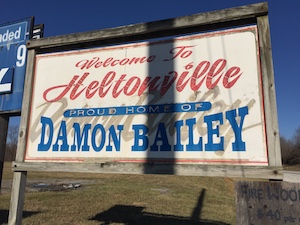
Billboard proclaiming that Heltonville is the proud home of Indiana high school basketball legend Damon Bailey. | Limestone Post
Such a level of basketball madness is mind-blowing for an Indiana émigré. Natives, meanwhile, know it the way the rest of America knows McDonald’s sells Happy Meals: It’s just a given.
Indiana, Houck informs us in Appendix IV, is home to 34 high schools whose gymnasiums seat 5,000-plus. Five thousand-plus! Thirty-four of them!
The only thing that surprises me now is the fact that Indiana has not yet erected a statue of Damon Bailey (or, for that matter, Elkhart’s Shawn Kemp, French Lick’s Larry Bird, or Indy’s Oscar Robertson) to replace Victory atop the Soldiers and Sailors Monument in the state capital.
I keep grabbing Hoosiers All at odd times, flipping to random pages, knowing something … hell, many somethings … will catch my eye. Damon Bailey’s Heltonville, for instance, had its own high school before it was merged with Bedford’s to form Bedford North Lawrence. Heltonville basketballers were called the Blue Jackets. Houck shares this anecdote about the nickname’s genesis:
Back in the days before they had a gym, [Heltonville] practices were outside in the cold. One of the mothers got some denim cloth and made jackets for all of the boys on the team, which they wore to practice and for pregame warm-ups.
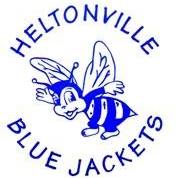
And therein lies the strength of Houck’s book. His thorough listing of Indiana high school team nicknames is nothing short of encyclopedic. Mitchell High School, a few miles southwest of Heltonville, Houck writes, also calls its teams the Bluejackets (one word) although the logo sometimes is blue and other times yellow.
Indiana’s high schools have exhibited imagination and creativity in nicknaming its basketball teams. Oh sure, this state claims its share of prep Warriors and Wildcats, but those ho-hum appellations are outnumbered dramatically by poetic, fantastical, even psychedelic nicknames.
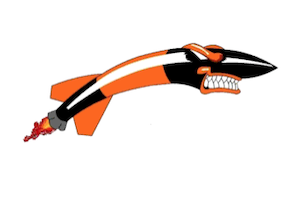
Broad Ripple’s ‘Rippy the Rocket’
Take the Broad Ripple Rockets. Broad Ripple High School (closed in 2018) in northern Marion County ran a team-naming contest in 1929, the result of which was the Ripple Rockets. Odd that, Houck acknowledges, since rocketry was a rather esoteric science in those days. He writes: “[T]he best educated guess seems to be that it captured the sense of lofty aspirations that appealed to both students and faculty alike. Also, of course, it was alliterative….”
The Ripple Rockets’ mascot was called “Rippy,” a striped, maniacally grinning, lipsticked projectile. Along the same lines, Indy’s Northwest High School (now a middle school), opened in the early years of the U.S. space program, called its teams the Space Pioneers. Its logo eventually became a faithful line drawing of NASA’s Space Shuttle and now is a stylized rocket ship.
More traditional aerodynamics-inspired nicknames and mascots preceded the Rockets and the Space Pioneers. Houck informs us that Wilbur Wright of the Wright Brothers fame was born on an Indiana farm near Millville. The brothers’ flying machine, Houck adds, was inspired by the designs of Octave Chanute, at one time known as the Father of Aviation and who tested rudimentary airplanes on this state’s Lake Michigan sand dunes.
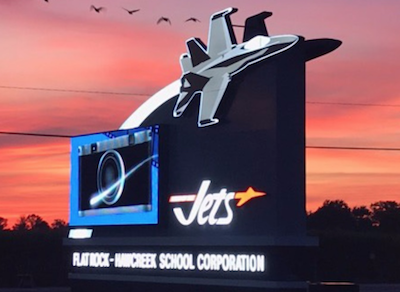
The Hauser Jets are in Hope, Indiana, near Columbus.
Accordingly, there have been the Hauser Jets, the Adams Central Flying Jets, the Akron Flyers, the Eden Flyers, the Brookston Bombers, and the New Market Purple Flyers with its airplane logo.
High school nicknamery and mascotry, to coin terms (and why not?), can serve as state history lessons.
Take this tidbit. According to Houck, the town of Berne, near Ohio, is named after the city and canton in Switzerland. The Swiss Berne’s symbol is the bear. Ergo, the Berne, Indiana high school team name was, of course, the Bears. That school is closed, Berne students now attending South Adams (County) High School and cheering on their Starfires.
Speaking of Switzerland, Tell City, on the Ohio River, was founded by Swiss immigrants and was named after archer William Tell. Tell City High School teams are the Marksmen and, during games, fans are regaled by the school band playing, naturally, the William Tell Overture.
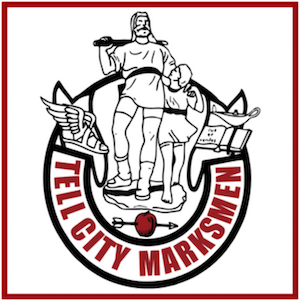 Cadiz, a dot on the map east of Indianapolis, was not settled by Spanish immigrants. Nevertheless, school officials there elected to call its teams the Spaniards in honor of the eponymous port city of southwest Spain.
Cadiz, a dot on the map east of Indianapolis, was not settled by Spanish immigrants. Nevertheless, school officials there elected to call its teams the Spaniards in honor of the eponymous port city of southwest Spain.
Similarly, Russiaville, another modest town north of the state capital, called its teams the Cossacks, even though its name had nothing to do with the country. Russiaville, Houck found, “is a corruption of the French pronunciation of Richardville, an early settler there.” Jean Baptiste de Richardville, it turns out, was the nephew of an 18th-century Miami chief and a French fur trader.
By the way, Russiaville, the school and the town, were destroyed by a tornado in the 1965 Palm Sunday outbreak. Coincidentally, the town of Moscow, just north of Greensburg, was devastated by a tornado in 2008. An historic covered bridge over the Flatrock River was destroyed in the storm. That 330-foot-long bridge was actually the inclement weather location for Moscow River Rats basketball team practices in the years after World War I.
Following this geographical train of thought, there are in this basketball-crazy state the Scotland Scotties, the Rome City Romans, the Holland Dutchmen, and the Troy Trojans. Ireland, in DuBois County, calls its prep teams the Spuds, an homage to the devastating Irish Potato Famine of the 1840s.
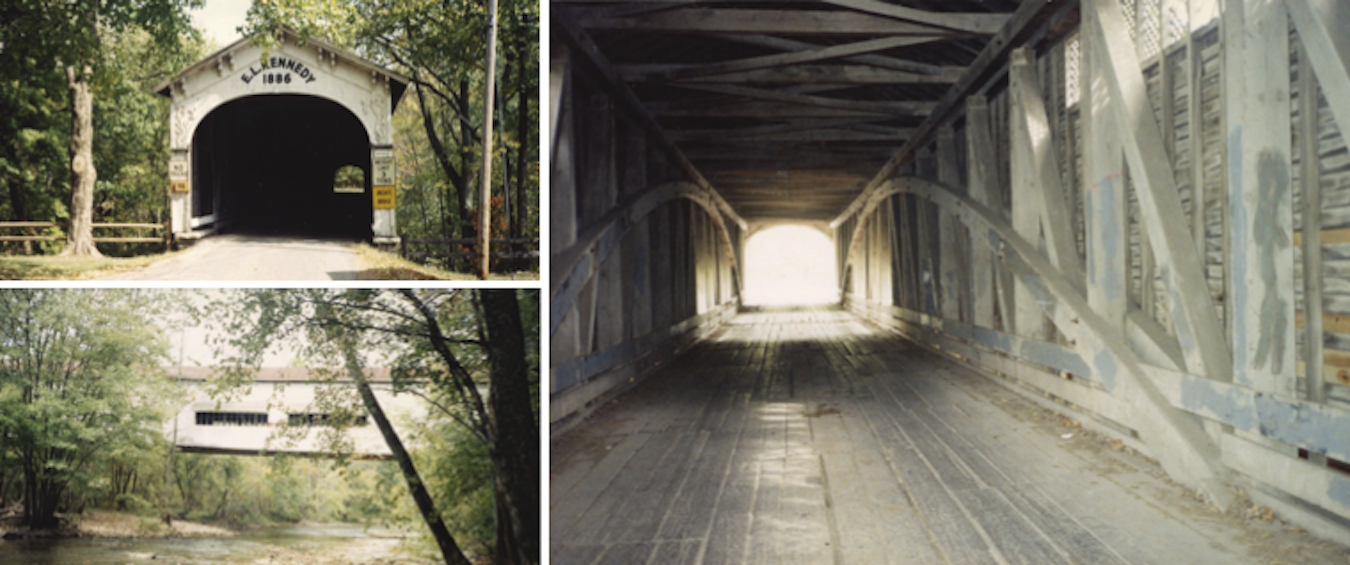
Before they had a gymnasium, the Moscow River Rats held basketball practices during inclement weather in the E. L. Kennedy Covered Bridge, according to Emerson Houck. The bridge in Moscow, Indiana, was destroyed by a tornado in 2008. According to IndianaAlbum.com, it was later rebuilt using 40 percent of the original bridge’s timber. (clockwise from top left) ‘Moscow Covered Bridge, Moscow, Indiana, 1987’; ‘Interior of the Moscow Covered Bridge, Moscow, Indiana, 1987’; ‘Moscow Covered Bridge and the Flatrock River, Moscow, Indiana, 1987’ | Photos courtesy of IndianaAlbum.com from the Loretta Dahm Collection.
Ferdinand, also in DuBois County, was named after Austria’s 19th-century Emperor Ferdinand I. Before Ferdinand High School was consolidated into nearby Forest Park High School, its teams were known as the Crusaders, in keeping the whole Roman Catholic flavor of the area. The imposing Monastery of the Sisters of St. Benedict is in the town of Ferdinand, and the equally breathtaking Saint Meinrad Archabbey is a short drive to the southeast.
On a more earthly note, there are the Linton-Stockton Miners. Coal in the area just north of the Goose Pond Fish & Wildlife Area is so plentiful and near the surface that it has been simply strip mined. The unincorporated town of Epsom in southwest Indiana is located above an aquifer whose waters, early residents claimed, tasted much like Epsom salts. So the town’s high school teams were nicknamed the Epsom Salts. (Epsom High School in 1968 was incorporated into the North Daviess Junior-Senior High School.) And no fewer than 17 Indiana high schools teams have been called the Aces. None, though, survive, as schools were closed or consolidated or simply changed their names. And, in direct apposition to the godly nicknames, Indiana has been home to dozens of high school Devils and Demons, the Devils broken down by color:
- 17 — Red
- 11 — Blue
- 1 — Green
Hungry? Try the Pimento, Shadeland, or Wallace Peppers. Or Taste the Mulberry Berries or the Logansport Berries.
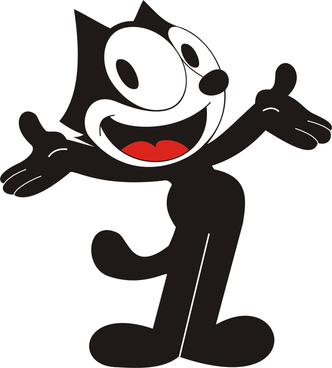
Felix the Cat, the erstwhile mascot of Shortridge and Logansport high schools
This being America, all- or mostly-black high schools throughout the first half of the 20th century largely were restricted from competing for the state high school championship. That changed in 1955 when the Crispus Attucks Tigers of Indianapolis, led by future all-time-great NBA star Oscar Robertson, won the state title. Another all-black Indy team of the era was the Shortridge Blue Devils, alternately known as Felix the Cat. The Blue Devils eventually superseded the singular Felix, which is a damned shame.
Indiana has no shortage of Native American–themed team names and mascots. Houck seems at ease with the practice. He acknowledges many people may be offended by such nicknames, “but I have yet to meet anyone who selected a team name for their school with other than respect and admiration for that name.”
There are or have been, among many others, the Waldron Mohawks, the Morgan Township Cherokees, the Wabash Apaches, the Hymera Shakamaks, the Leavenworth Wyandottes, and four school teams known as Redskins: Ft. Wayne North Side, Indianapolis Manual, Goshen, and Knox.
The four, Houck writes, “I am sure do not mean to be offensive to anyone in their usage of the word.” (Ft. Wayne North Side and Goshen have, since the publication of Houck’s second edition in 2012, changed their nicknames to the Legends and the Redhawks, respectively.)
Houck goes on to note some 18 Indiana high schools call their teams Warriors, “not all of which are connected to Indians.” Those that are, he iterates, have or had only the noblest of intentions.
Because many white people seem oblivious to rhetorical violence, I’m not thrilled to single out anyone here. But the practice of Indiana high schools — and, for that matter, high schools, colleges, and professional leagues around the nation — to name their teams after Native Americans remains hurtful and is illustrative of our country’s essential dehumanizing of a specific “type” of people.
I find Houck’s chapters on the many other nickname/mascot geneses to be much more edifying and even surprising. You’d think, as an example, there’d be a passel of high schools across whose uniforms are splashed the nickname Hoosiers. Nuh-uh.
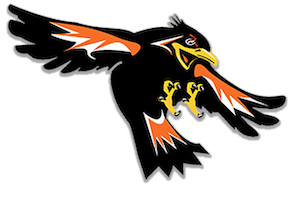
The Indiana School for the Deaf, aka The Indiana Orioles, aka The Deaf Hoosiers
“[T]here is only one high school in Indiana, surprisingly, with Hoosiers in their nickname,” he writes. “That is the Indiana School for the Deaf, in Indianapolis. Once the Orioles, they are now proudly the Deaf Hoosiers.” (The school’s website now, though, proclaims its sports teams the Orioles, although it often refers to the general student population as Deaf Hoosiers.)
Houck arranges his chapters by nickname/mascot genre. There are Bulldogs, Wildcats, and Cougars (Chapter 22), Horses, Bears, and More (28), The Birds (29), Pirates and Dragons (35), and even Eels and Stingers (31). Both Clay City and Eminence, Houck has found, call themselves the Eels. “[T]here are no other Eels in the country as far as I can ascertain,” Houck writes, “and yet we manage to have a double portion. We Hoosiers are an intriguing group.”
To be sure.
The Eminence Eels play in the Eel Tank, Houck informs us, a fact that might make theirs my second favorite team nickname (Felix the Cat being my personal champion).
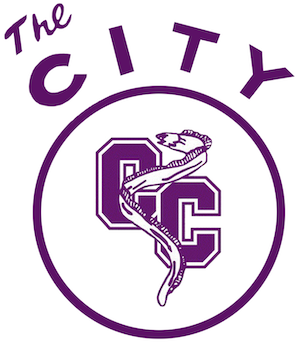
The Clay City Eels of south-central Indiana
And, speaking of Felix once again, Houck asserts the nickname and cartoon mascot is the oldest of the “modern style” logos in the state. And, mirabile dictu, two schools claim to have called themselves Felix the Cat first. They being Shortridge (as mentioned above) and Logansport high schools. Shortridge, according to the school’s lore, was first. In February 1925, Shortridge played the highly favored Indianapolis Manual. As Houck tells it, relying on a published history of Shortridge, a Manual fan let loose a little dog who ran onto the gym floor and sat in the middle of the court. A Shortridge fan then carried a cat onto the floor and parked it next to the pooch. The dog sniffed the cat and promptly walked off the court. Shortridge then came back and won the game. Felix the Cat, at the time a popular newspaper comics-section character known for his extraordinary good luck, was immediately adopted as the Shortridge nickname and mascot.
The very next year, Logansport basketball coach Clifford Wells, at halftime during a game against an unspecified opponent, placed a stuffed Felix the Cat doll at the edge of the playing floor. Logansport overcame a deficit to win the game and, consequently, that school, too, officially embraced Felix, at least for a time.
Overall, Houck tells the tales of more than 1,000 high schools and their identifying animals, professions, abstract qualities, spiritual and/or devilish specters, colors, historical figures, ethnic backgrounds, and all the rest that have become symbols and team names emblazoned across the chests of their teenaged athletes.
The stories of Indiana’s high school nicknames and mascots, in more ways than anyone might have imagined, are really the stories of our state.
[Editor’s note: The Monroe County History Center has an exhibit called Where Hoosiers Found Hysteria: Monroe County High School Basketball that highlights more than a century of the county’s contribution to Hoosier Hysteria. In fact, they say, Bloomington held the first eight high school state championships, “playing in gyms across the town and hosting teams at fraternity houses.” Visit MonroeHistory.org for more info.]
###
More Hoosier Hysteria
As writer Michael G. Glab says in the above article, “the term preoccupation is woefully inadequate” to describe the enthusiasm Hoosiers have for high school basketball. “Try mania or even hysteria,” he writes. “The hardwood sport is deeply embedded in the Hoosier DNA.”
Anyone doubting the magnitude of Hoosier Hysteria needs only to look at the size of the high school gymnasiums to understand the passion Hoosiers have for basketball. Nine of the ten largest gyms in the U.S. are in Indiana, as are a reported 18 of the top 20.
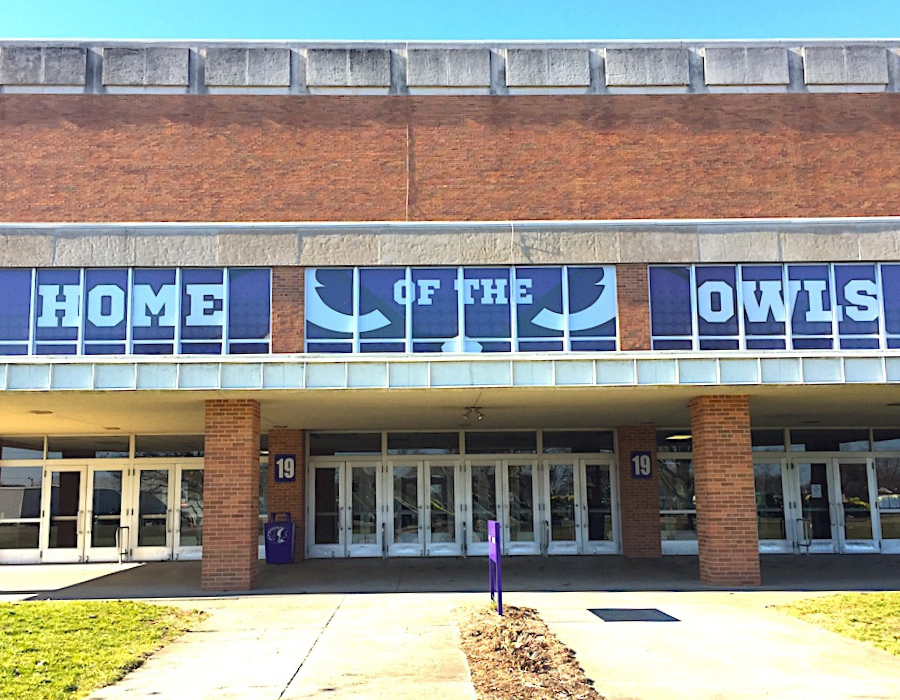
The Lloyd E. Scott Gymnasium, home of the Seymour High School Owls, seats 8,228 fans, the largest high school gym in the country. | Limestone Post
The three largest span the state: The largest is Seymour High School’s Lloyd E. Scott Gymnasium, with 8,228 seats in southern Indiana, followed by East Chicago (8,054) in northern Indiana, and New Castle (7,829) in central Indiana. However, southern Indiana in general could have a monopoly on Hoosier Hysteria, based solely on per capita support. Take these numbers:
- Boonville, the county seat of Warrick County near Evansville, has a population of 6,337, and the Boonville High School Pioneers play in a gym that holds 5,650 fans.
- Southridge High’s Raiders in Dubois County can accommodate nearly its entire town’s 6,125 citizens in a gym with 6,092 seats.
- Washington’s population of 12,114 in Daviess County has to squeeze into southern Indiana’s second-largest gym, called the “Hatchet House,” that seats 7,090 Hatchet fans.
The Fightin’ Mascots
Wherever they play, Indiana’s high school basketball teams, boys and girls, are competitive. Not only do they represent their community, but many residents in their community proudly identify themselves by their high school mascots.
The nicknames high schools have adopted over the years show that Hoosier creativity has been rampant throughout the state. Some schools play off of their town’s or school’s name (often with wit and humor), some have a local cultural significance, and others employ world history, literature, or cultural references. As Glab puts it, taken together they are “the stories of our state.”
Below are some of the school nicknames over the past 100 years that Hoosiers use — or have used — to cheer on their local sports teams. Emerson Houck has chronicled these names in his book, Hoosiers All, a comprehensive history of Indiana high school basketball. In the book’s appendix, Houck lists his favorite nicknames of current and past teams. Here are some of them:
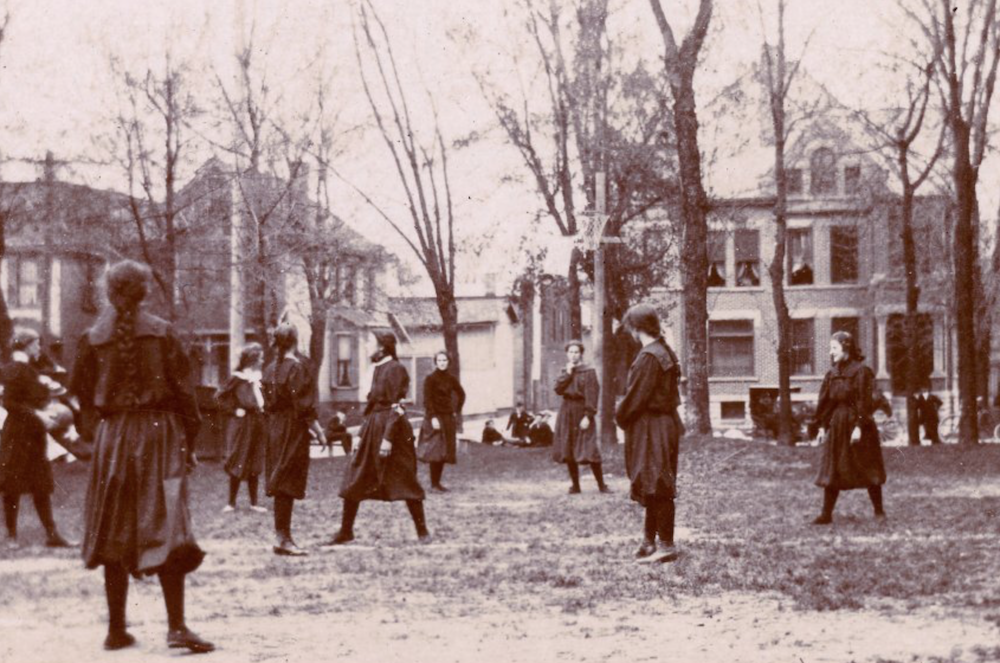
This photo, taken on April 22, 1899, shows a high school girls’ game between Shortridge High School and the Y.W.C.A. in Indianapolis. A hoop and net (without a backboard) can be seen slightly above and to the right of center. The ball handler is to the left. High school nicknames and mascots would not become widely used until the 1920s. The photo is titled ‘Shortridge High School and Y. W. C. A. girls playing basketball, Indianapolis, Indiana, 1899’ and provided courtesy of IndianaAlbum.com from the Nicolas Horn Collection.
Acton Oreos
Anderson Christian Academy Whirlwinds
Andrean Fighting 59ers
Argos Dragons
Arlington Purple Breezes
Banquo Ghosts
Bedford Stonecutters
Bloomingdale Academy Immortals
Bloomington University High Univees
Boston Terriers
Bridgetown Raccoons
Broad Ripple Rockets
Brookston Bombers
Butler Windmills
Cadiz Spaniards
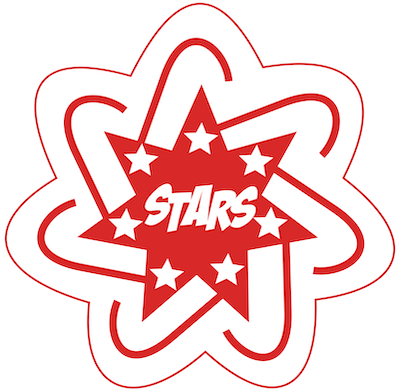
Bedford North Lawrence Stars
Cambridge City Wampus Cats
Clay City Eels
Clinton Prairie Gophers
Cloverdale Clovers
Colfax Hickories
Cory Apple Boys
Crawfordsville Athenians
Cynthiana Annas
Delphi Oracles
Depauw Blue River Echoes
Dunkirk Speed Cats
East Chicago Roosevelt Roughriders
Edwardsport Powers
Epsom Salts
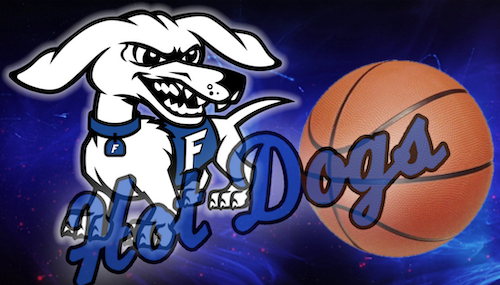
Frankfort High School Hot Dogs
Farmersburg Plowboys
Flint Arrows
Fontanet Beantowners
Frankfort Hot Dogs
Ft. Branch Twigs
Franklin Central Flashes
Garrett Railroaders
Goldsmith Gold Bugs
Griffin Tornadoes
Haubstadt Elites
Hauser Jets
Hayden Haymakers
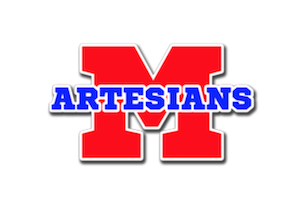
Martinsville High School Artesians
Heltonville Blue Jackets
Hickory Huskers
Hillsboro Little Giants (first known mascot, from 1908)
Hobart Brickies
Honey Creek Honey Bees
Huntingburg Happy Hunters
Idaville Green Streaks
Indiana School for the Deaf Orioles/Hoosiers
Indianapolis Northwest Space Pioneers
International School Gryphons
Jackson Township Stonewalls
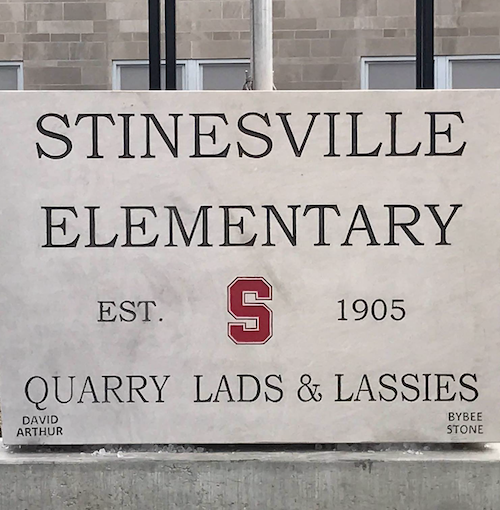
Stinesville students, from elementary through high school, went by the Quarry Lads and Lassies.
Jimtown Jimmies
Kirklin Travelers
Klondike Nuggets
Knightstown Knightengales
Ladoga Canners
LaPorte Slicers
Leo Lions
Lincoln Railsplitters
Linton Miners
Logansport Berries and Felix the Cat
Lynnville Lindies
Lyons Lions
Madison-Grant Argylls
Marengo Cavemen
Martinsville Artesians
McKinley Presidents
Mecca Arabs
Michigantown Ganders
Middlebury Middies
Midland Middies
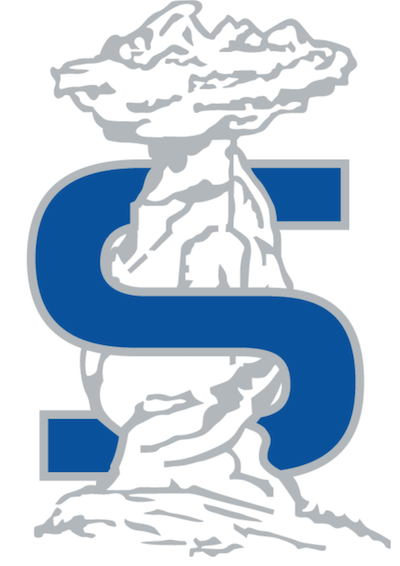
The Shoals High School Jug Rox, in Martin County, got the name from a nearby free-standing table rock formation, called Jug Rock, thought to be the largest in the U.S. east of the Mississippi River.
Mill Creek Creekers
Mishawaka Cavemen (and the Lady Cavemen)
Mitchell Bluejackets
Monroe City Blue Jeans
Montezuma Aztecs
Moscow River Rats
Mt. Ayr Ayrdales
Mulberry Berries
Needmore (Lawrence County) Hilltoppers
New Harmony Rappites
Noblesville Millers
Northeast Dubois Jeeps
Oil Township Oilers
Oldenburg Academy Twisters
Pimento Peppers
Pine Village Pineknots
Pittsboro Burros
Plainfield Quakers
Plymouth Rockies
Poseyville Posies
Raleigh Sir Walters
Remington Rifles
Rising Star Shiners
River Forest Ingots
Rochester Zebras
Rockville Rox
Roll Red Rollers
Rosedale Hot Shots
Russiaville Cossacks
Scircleville Ringers
Shadeland Peppers
Shakamak Lakers
Shelbyville Camels (now the Golden Bears)
Shoals Jug Rox
Shortridge Blue Devils and Felix the Cat
Smithville Skibos (mascot was a penguin)
South Adams Starfires
South Central Satellites
Speedway Sparkplugs
Spencer Cops
Stinesville Quarry Lads and Lassies
Sugar Creek Crickets
Summitville Goblins
Swayzee Speed Kings
Tell City Marksmen
Trinity Springs Little Sulphurs
Twelve Mile Milers
Unionville Arrows
Vincennes Lincoln Alices
Wallace Peppers
Washington Hatchets
West Baden Springs Sprudels
Wheatfield Shockers
Williamsport Bingy Bombers
Winslow Eskimos

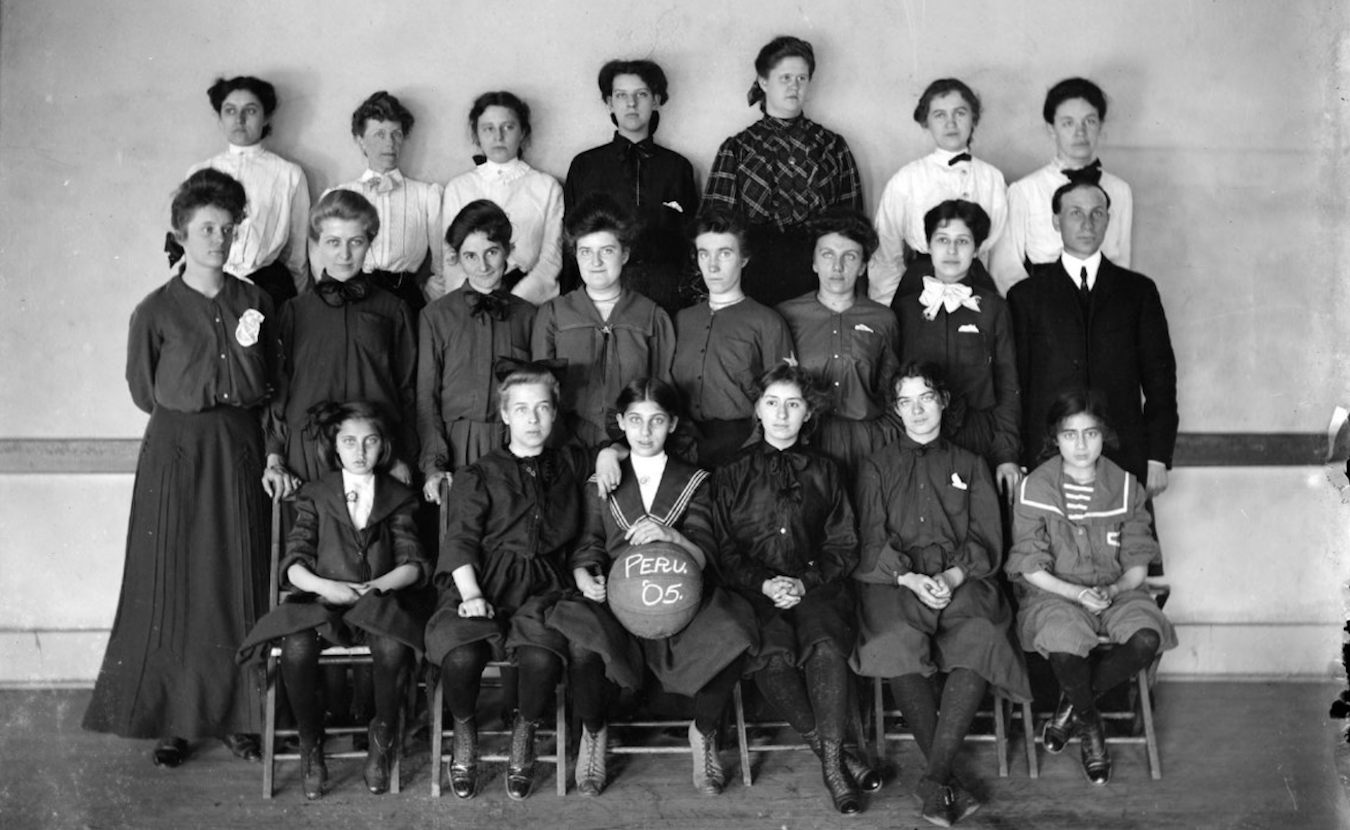
![Inside Seymour High School's Lloyd E. Scott Gymnasium | Photo by <a href="https://upload.wikimedia.org/wikipedia/commons/3/35/Seymour-high-school.jpg" >IndyNotes</a> [<a href="https://creativecommons.org/licenses/by-sa/4.0" target="_blank">CC BY-SA</a>]](https://www.limestonepostmagazine.com/wp-content/uploads/2020/02/640px-Seymour-high-school.jpg)
